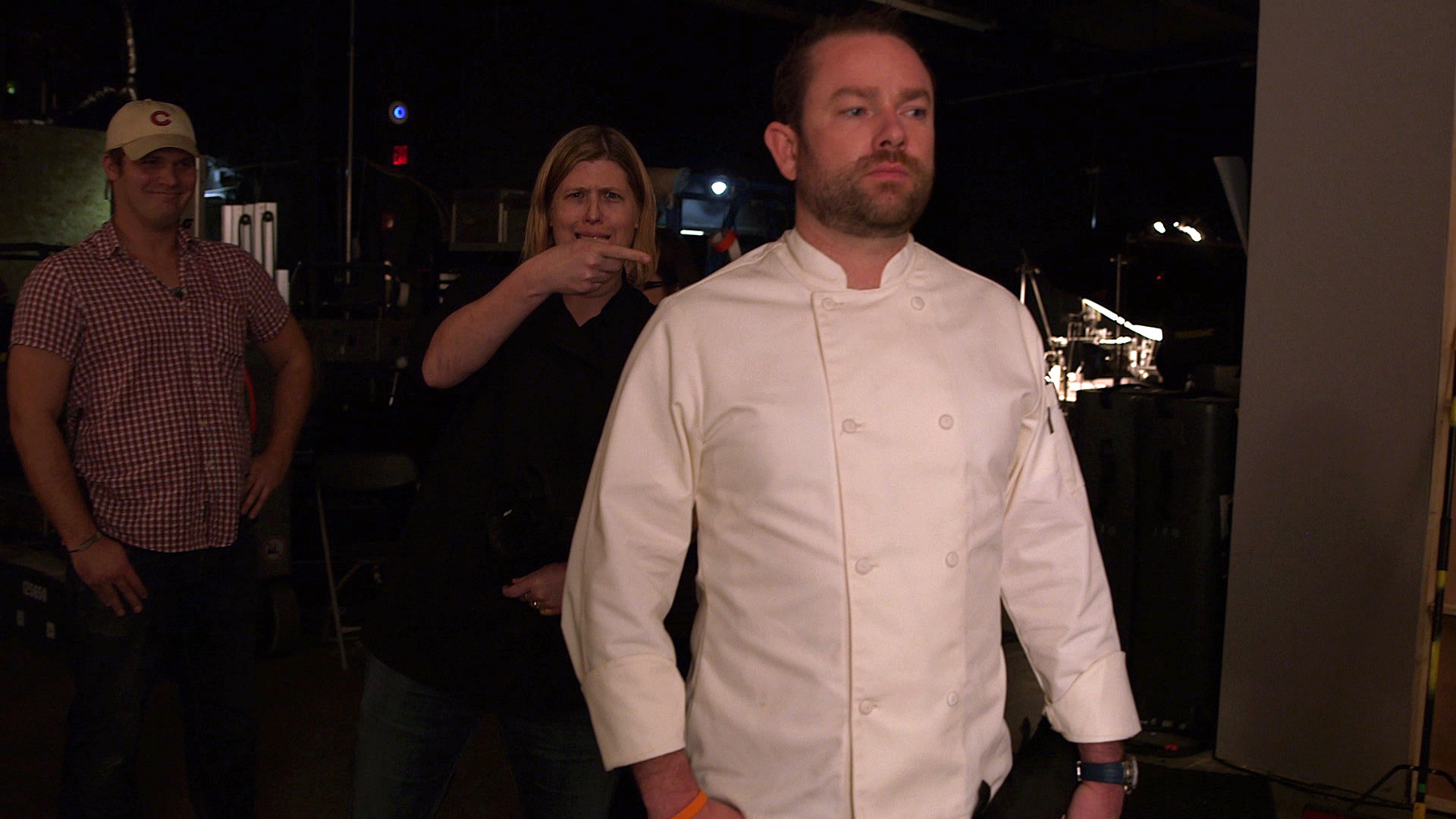

The grillardin, also known as the grill chef, is, as the name implies, responsible for any foods that must be grilled.Many meats are also braised, which involves searing the outside of the meat to lock in moisture and then cooking it in the oven or on a stove to bring out the flavor of the meat and obtain a tender cut. The cooking styles used often focus on cooking the meats very slowly in order to hold in as much flavor as possible. The rotisseur may also be in charge of obtaining meats from local suppliers or arranging deliveries from other retailers. This includes anything from steaks to veal to lamb or any other similar items. The rotisseur, also known as the roast chef, is in charge of preparing any roasted or braised meats on the menu.This would also make him responsible for any fish stocks or soups as well. In smaller kitchens, the poissonnier will often prepare any sauces that need accompany the fish, in the absence of a saucier. The poissonnier is also in charge of preparing all of the fish dishes on the menu, whether they are entrees or appetizers.

This can include acquiring fresh fish on a daily basis from local fishermen or other merchants, as well as bringing in non-local catches, as needed, to supplement the menu. The poissonnier, commonly referred to as the fish chef, is responsible for the preparation of all fish dishes in the kitchen.The saucier is responsible for a variety of tasks, such as sautéing foods and preparing soups and stews, however, their most vital role lies within the creation of all sauces and gravies that are meant to accompany other dishes. The role of the saucier, commonly known as the sauce chef, is often the highest respected role in the kitchen brigade system of stations, reporting directly to the head chef or sous-chef.Larger establishments, on the other hand, may add additional stations in order to further distinguish some of the individual specializations within each larger station. Smaller establishments will often combine one or more stations together and assign them to a single chef in order to maximize the efficiency of a limited kitchen staff. Within the brigade system, there are ten primary stations that must be staffed.

Other chefs might be solely responsible for one aspect of the menu like grilled foods, sauces, fried foods, or fish Typical roles begin at the top with Executive Chef, followed by Sous Chef, followed again by Senior Chef. The French Brigade system was originally employed to make the kitchen run as smoothly as possible. Assignments differ based on the precise needs of a given kitchen, but in most upscale American and European facilities the nomenclature and roles are determined by the Brigade System. The contemporary kitchen, from institutional to fine-dining restaurant, runs according to a strict hierarchy in which the chef plays the lead role.


 0 kommentar(er)
0 kommentar(er)
